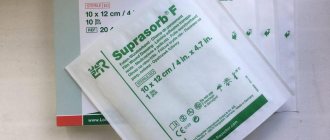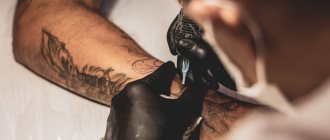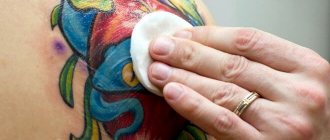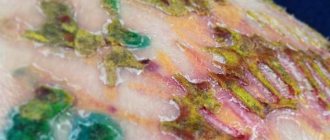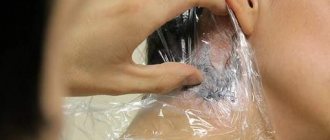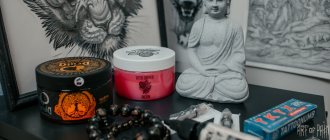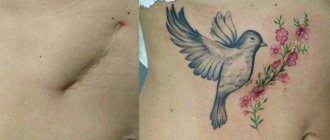Band-aids for fixing bandages
Not all specialized bandages have an adhesive layer around the edge. To completely cover a large wound with a bandage, you can use rollable nonwoven patches.
Trade names:
- Omnifix
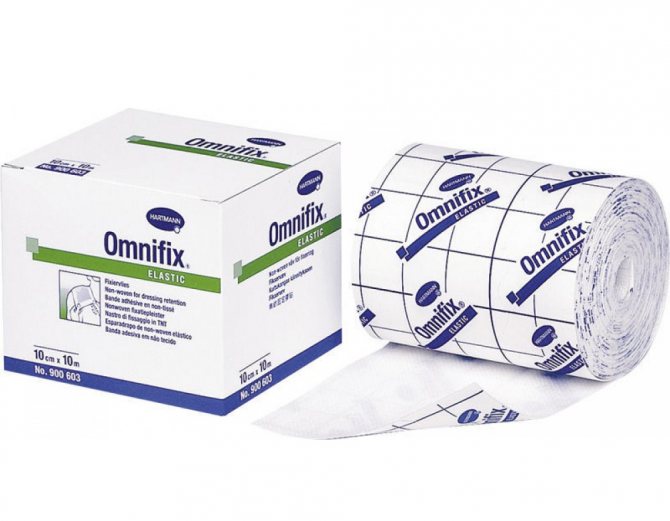
Omnifix patch. Photo: medicaland.ru
- Plastofix


Plastofix patch. Photo: avatars.mds.yandex.net
- LEIKO Band-Aid
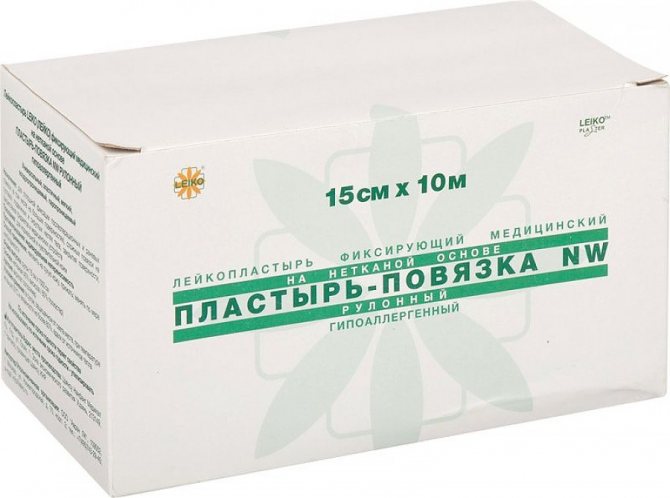

LEIKO Band-Aid. Photo: www.ukazka.ru
- Curafix H
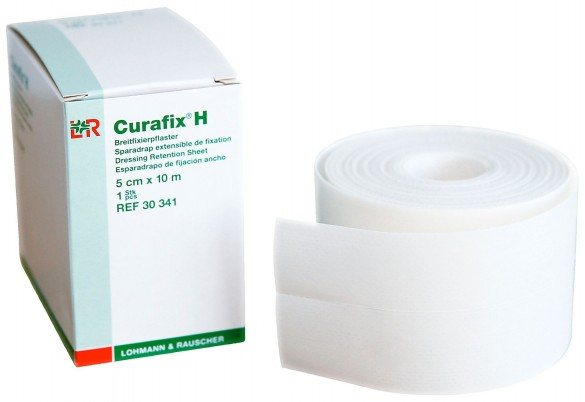

Bandage Curafix H. Photo: www.netran.ru
Hydrocolloid bandages
Trade names:
- Granuflex;
- DuoDerm;
- Suprasorb H;
- Hydrocoll;
- Hydrocoll Sacral;
- Tegaderm Hydrocolloid;
- Comfeel Plus.
The coating base of hydrocolloid dressings consists of microgranules of sodium salt, pectin and gelatin. These dressings began to be used in the early 1980s and they are still one of the most popular.
The dressing can absorb small amounts of discharge from the wound, retains a moist environment well, and converts excess moisture into gel.
Hartmann dressings. Photo: www.mystoma.ru
Turning into a gel, hydrocolloid acquires a characteristic, not very pleasant odor and yellow color, which can be mistaken for pus. Therefore, this dressing should not be used on infected, inflamed wounds and wounds with large amounts of discharge. It simply cannot cope with such a volume of liquid and bacteria and will quickly melt away. But for superficial, shallow wounds with little discharge, hydrocolloid dressings are fine.
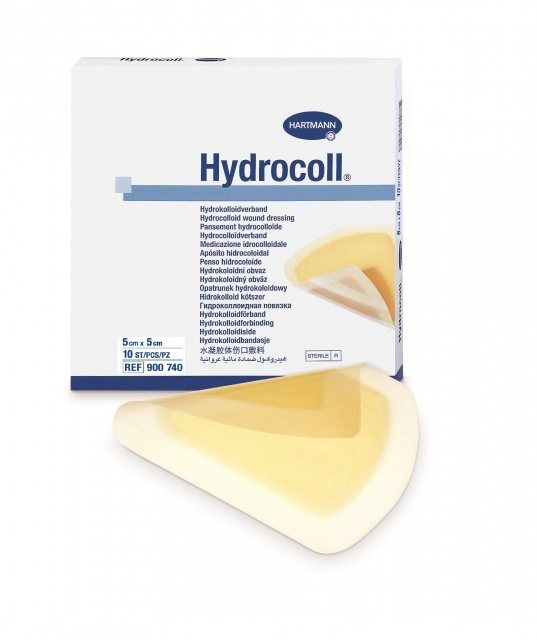

Bandage. Photo: cdn.diacheck.ru
Some bandages are specially shaped to make it easier to apply to certain pressure sore areas (sacrum, elbows, knees, etc.).
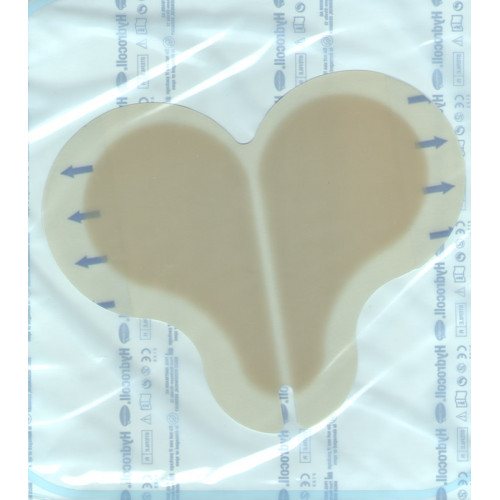

Specially shaped bandage. Photo: prozabota.ru
Absorbing Bandages
Absorbent dressings are often used on wounds that are very wet and have a lot of discharge. These dressings help to deal with the bad odor of infected wounds and wounds with decaying tumors. They contain superabsorbents and silver.
- CARBONET is an absorbent, non-adhesive, deodorizing dressing with activated charcoal
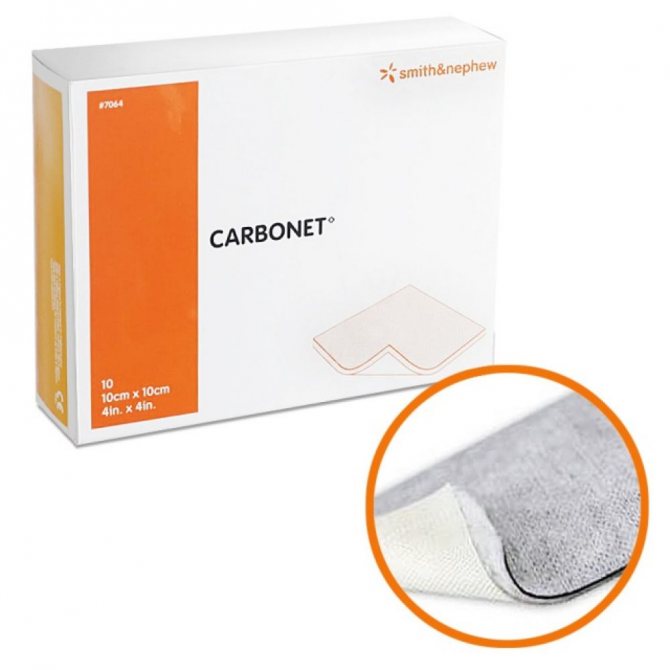

CARBONET. Absorbent deodorizing nonadhesive dressing with activated carbon. Photo: rekate-medical.ru
- Mesorb absorbent dressing
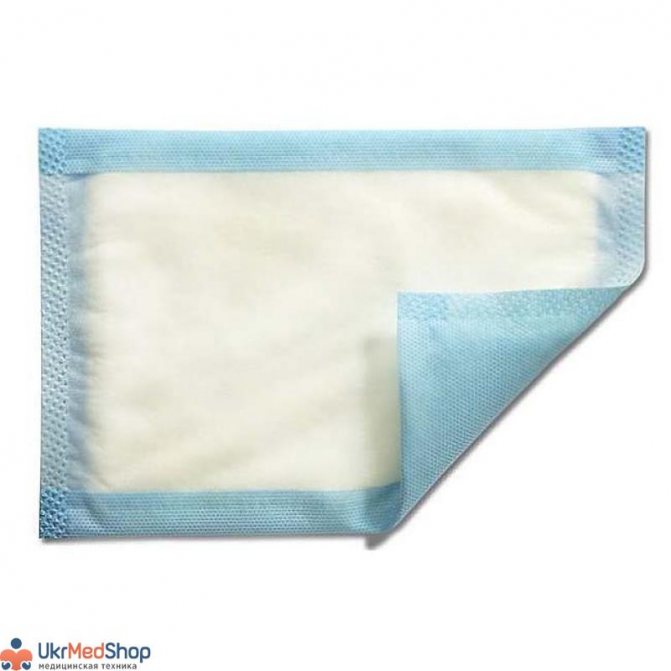

Mesorb absorbent dressing. Photo: ukrmedshop.ua
- Bandage Zetuvit E steril
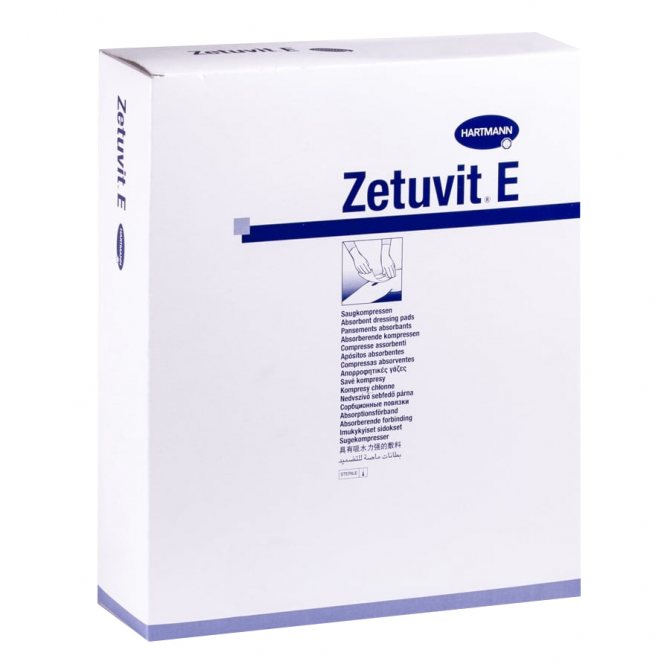

Zetuvit E steril dressing. Photo: www.deznet.ru
- Askin Calgitrol Ag.
Combined dressing consists of a sponge layer, alginate and silver. It absorbs exudate well, reduces odor, preserves moist environment. Used on infected wounds, necroses.
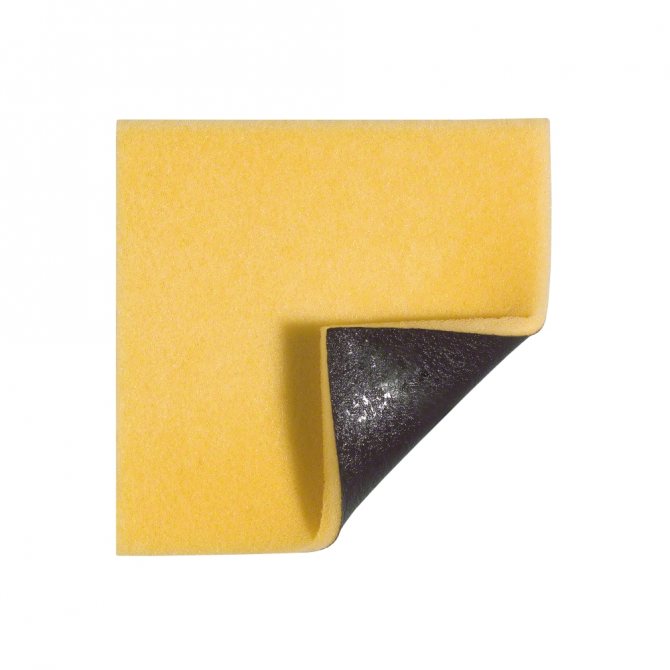

Askin Calgitrol Ag. Photo: www.bbraun.ru
Bedsores on the head: prevention and treatmentDoctors at Samara Hospice tell how to prevent bedsores on the head of a seriously ill person and what to do if they appear Tatiana ParfyonovaOlga Osetrova
Symptomatic treatment
Please remember that by using modern dressings to treat bedsores, you are not solving the problem. Pressure sores can only be successfully treated when we remove the cause of their occurrence - prolonged exposure of the body tissues, when a person lies in the same position for more than two hours. Without constant posture changes and proper positioning, no amount of dressing will cure pressure sores.
While showering.


The moment of truth has arrived, it's time to take a shower with a tattoo. Don't forget the following tips:
Set the temperature of the shower neither too cold nor too hot (at least in the part that will be in most contact with the tattoo).
Avoid running water directly on the image. This applies not only to the first days, but also after the complete healing, because water with strong pressure can tear off the scabs and damage not only the skin, but also the image.
Use at least a mild soap to clean the tattoo area.
Avoid rubbing the injured area, especially in the first few days. Gently and gently run your hand (pre-washed) over the area to apply the soap and rinse it off.
Try not to spend a lot of time in the shower so that the tattoo is not in contact with water, soap and heat more than necessary.
Hydroactive dressings (solution-activated dressings)
The coating of these dressings consists of sodium salt fibers and carboxymethylcellulose, which turn into a transparent gel on contact with the wound secretion. It creates a moist environment on the surface of the wound and does not stick to the wound.
Aquacel Extra
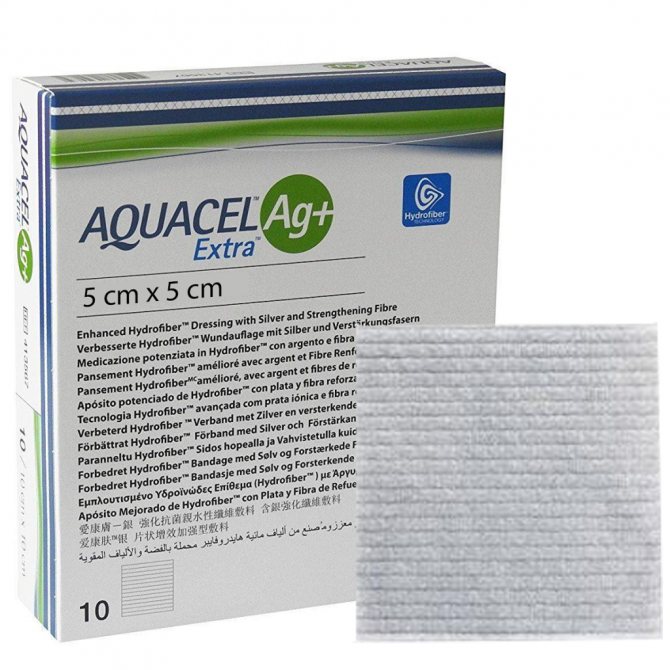

Aquacel Extra. Photo: cdnx.jumpseller.com
HydroClean plus - dressings with active Ringer's solution
The dressing inside contains a gel that has absorbed Ringer's solution. Ringer's solution is a saline solution that "pulls" sediment and pus from the wound. It soaks up the exudate, and the Ringer's solution rinses the wound. Works great on dry wounds with necrosis. Cleans wounds with pus and containing dead tissue.
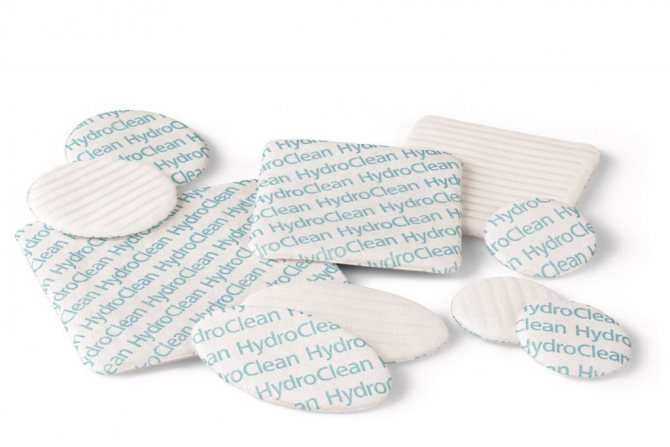

HydroClean plus. Photo: prom.ua
Sponge bandages
Sponge dressings are made of polyurethane foam material with large pores. They can quickly absorb large amounts of discharge and retain it, which helps reduce tissue irritation around the wound. Sponge bandages can be adhesive (adhesive) - they adhere to the body and do not require additional fixation with a plaster. And non-adhesive - they need additional fixation by plaster or fixation bandage.
It is used for non-infected wounds. In the presence of inflammation and infection, they are supplemented with bandages or ointments with antibiotic, antiseptic or silver-based. Such dressings are covered with a vapor permeable layer on top, which allows the wound to "breathe" but protects it from external exposure.
Many dressings additionally have a wound coating with silicone or hydrogel. This is to prevent them from sticking to the wound and to better retain moisture.
- Coloplast Non-Adhesive Sponge Dressings with Biatain®Ag Silver
- Coloplast Biatain® Adhesive Sponge Heel Dressings
Biatain dressing. Photo: medkalopriemniki.ru
- Self-adhesive sponge dressing with hydrogel HydroTac Comfort
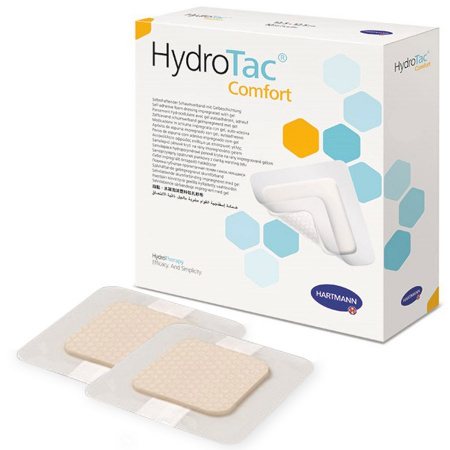

Dressing HydroTac Comfort. Photo: www.careproducts.ru
- Suprasorb P Silicone adhesive dressing
- Sponge bandage Mepilex Ag with Silver Antimicrobial
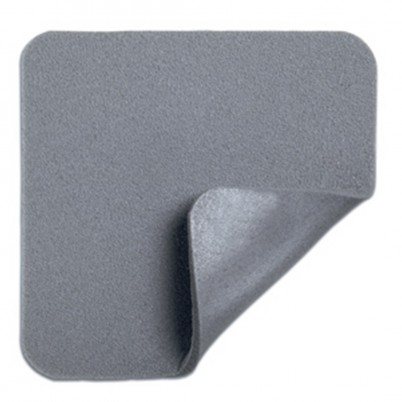

Sponge bandage Mepilex Ag with silver antibacterial. Photo: www.netran.ru/
- Permafoam comfort sponge bandage with self adhesive
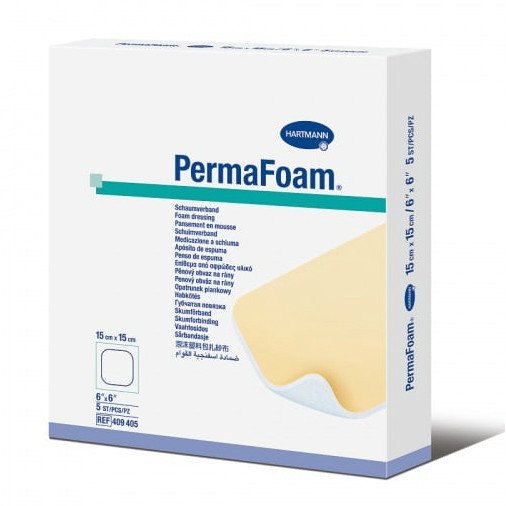

Permafoam comfort. Photo: images.ru.prom.st
- Neofix FibroSorb Ag
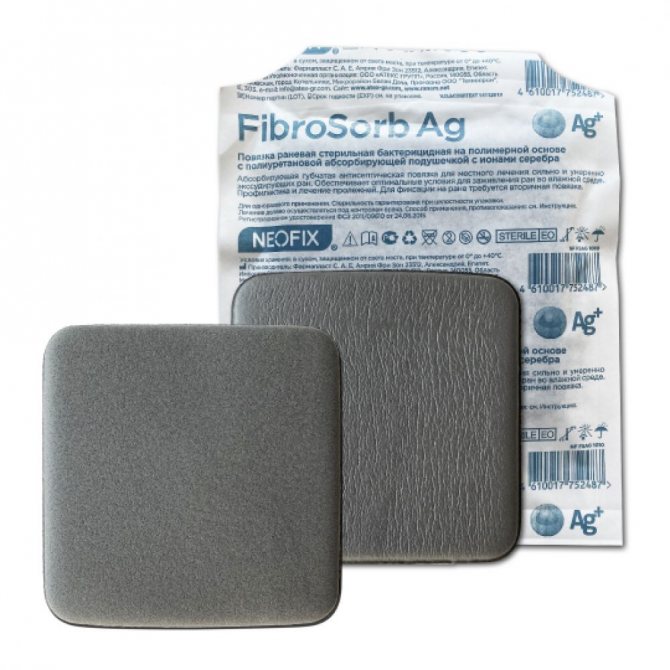

Neofix FibroSorb Ag. Photo: rekate-medical.ru
- Askina Transorbent (sterile sponge dressing with a hydrogel layer)
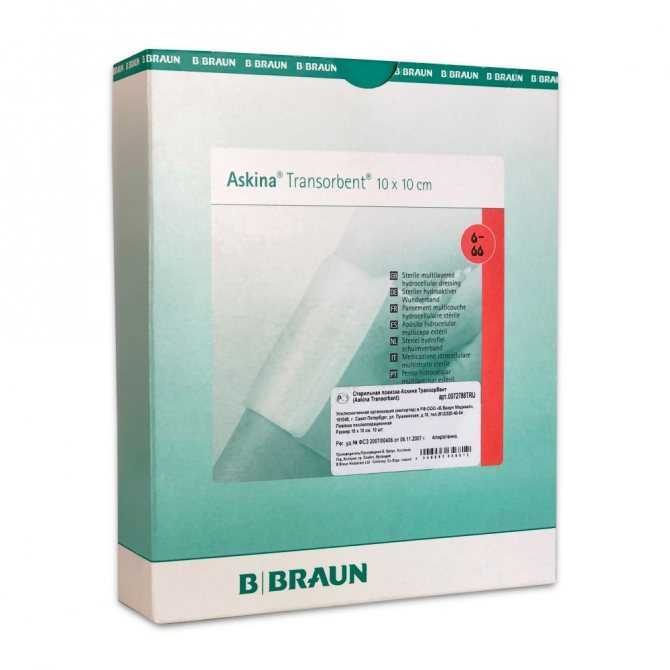

Askina Transorbent. Photo: rekate-medical.ru
Healing film for tattoos: how to use and remove?
With the onset of heat, it is increasingly possible to meet people with a variety of drawings on the skin and if you plan to make yourself a tattoo, it is worth learning more about such a method of care as tattoo healing under the film. Now many masters use a similar technique to make the healing process go as quickly as possible. Let's take a closer look at how to use the tattoo film, the advantages of this method and how to remove it. Once again, I note that this technology applies only to traditional (permanent) tattoos.
